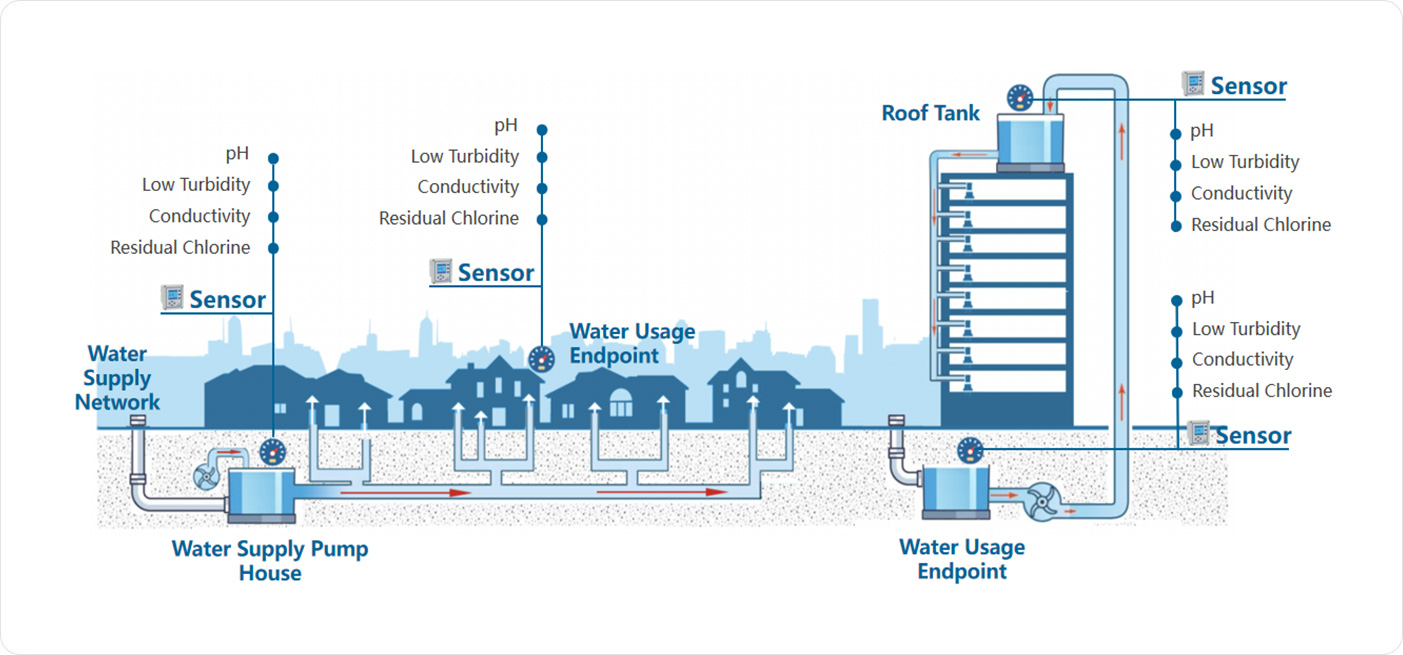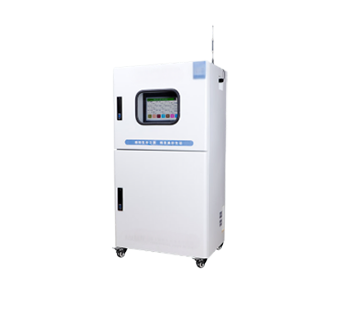Linksens' Online Domestic Water Quality Monitoring System establishes a comprehensive cyber-physical framework at critical nodes throughout secondary water supply infrastructure. This autonomous monitoring ecosystem employs multi-sensor fusion technology with hardened probes specifically engineered for pressurized pipeline environments, continuously capturing 12 essential parameters including residual chlorine (0-5mg/L ±0.05), turbidity (0-100NTU ±1%), pH (0-14 ±0.2), and conductivity (0-2000μS/cm ±1%). The system integrates edge computing gateways featuring adaptive calibration algorithms that automatically compensate for temperature/pressure interference, while ultrasonic self-cleaning mechanisms prevent biofilm accumulation in stagnant zones.
Operational data streams converge on our AquaMind® cloud platform where proprietary AI engines perform anomaly detection through machine learning models trained on 800,000+ contamination incident profiles. The system dynamically generates EPA-compliant reports and triggers tiered alerts: Level 1 warnings initiate automated valve closure when chlorine levels fall below 0.1mg/L; Level 3 emergencies activate SMS/pager notifications to maintenance teams within 15 seconds of detecting coliform risk indicators. For legacy infrastructure, our non-invasive sensor arrays enable retrofit installation without pipeline modifications, cutting deployment time by 70% compared to conventional solutions.








